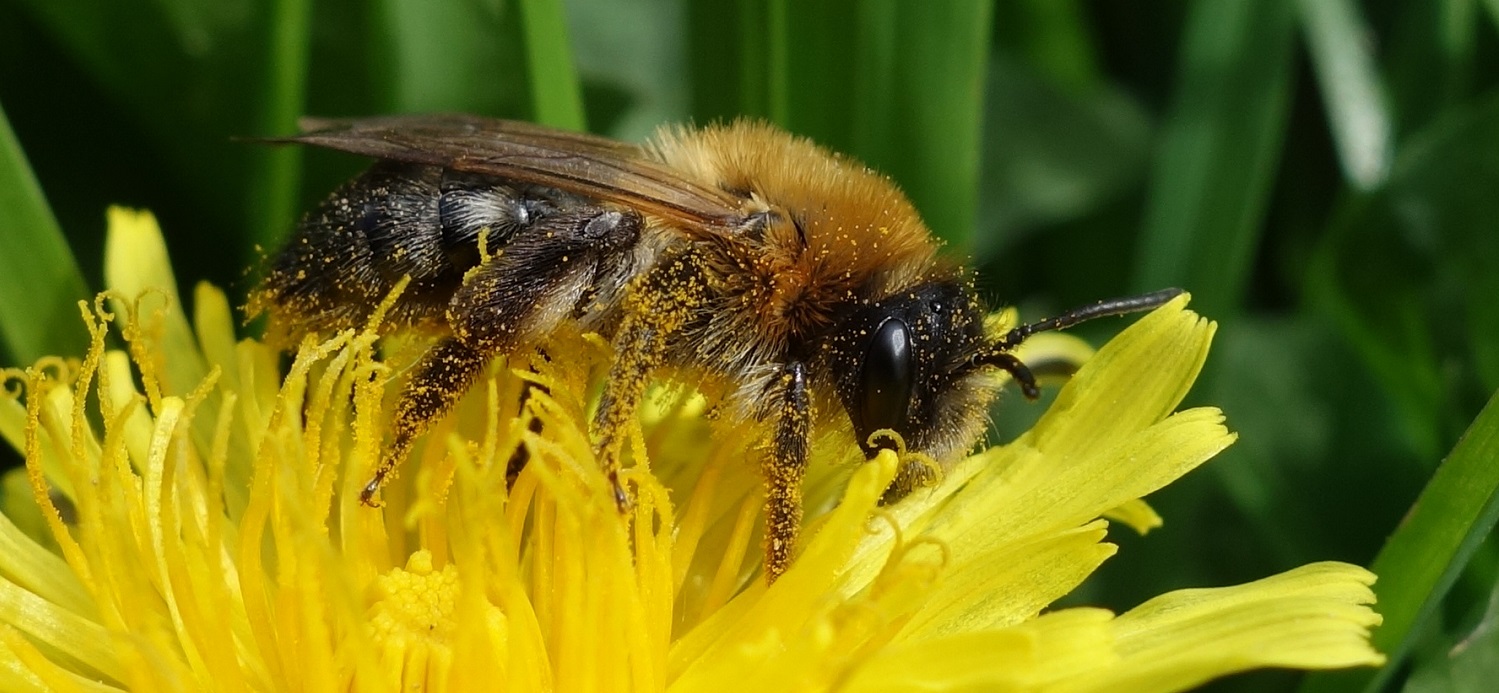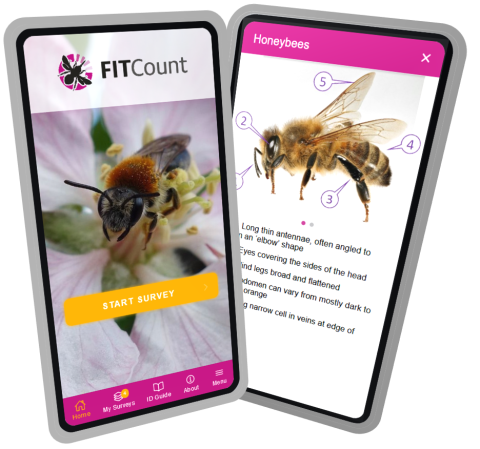Dedicated PoMS website launched
The dedicated PoMS website was launched on 20 May 2021. This site now contains all the information, guides and recording forms you need to take part in PoMS, and you can see the survey results as they come in.
All the recording forms, guidance documents and background information that was previously available via this page are now on the UKPoMS site.




